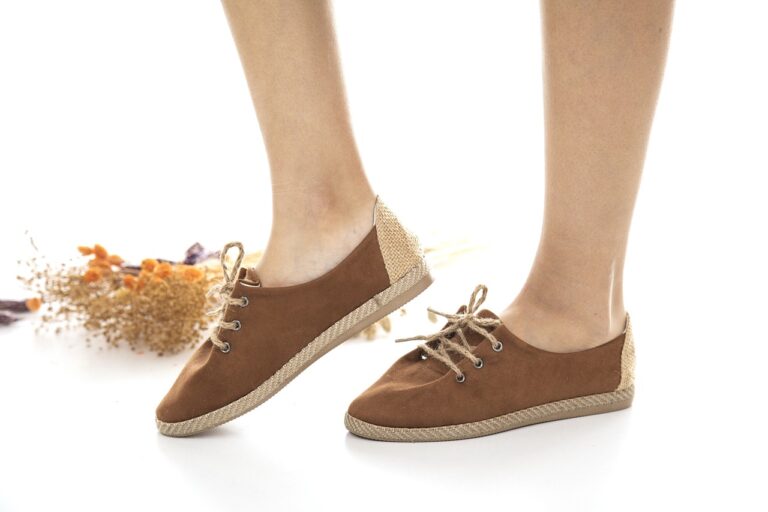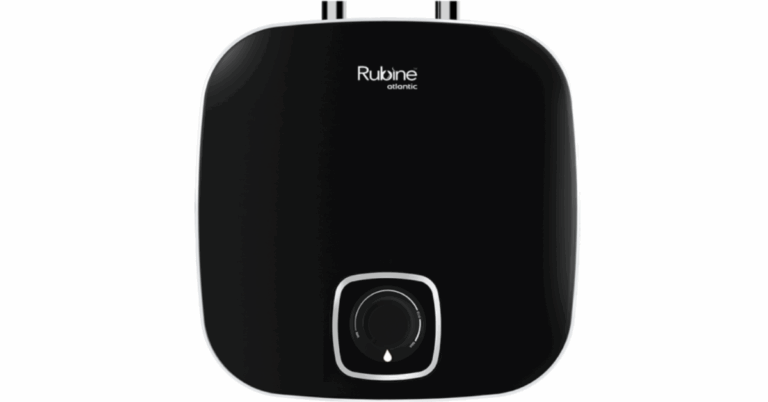Bed Underpads: Essential Protection for Better Hygiene and Comfort
For individuals with incontinence or other medical conditions, maintaining cleanliness and comfort is paramount. One of the most essential products for ensuring a hygienic environment is Bed Underpads These simple yet effective solutions protect the bed from moisture, stains, and odors, providing both comfort and convenience. Whether you’re caring for a loved one or managing your own needs, choosing the right bed underpad can make a significant difference in quality of life.
In this article, we will explore everything you need to know about bed underpads, including their purpose, benefits, types, and how to select the right one for your needs.
What Are Bed Underpads?
Bed underpads (often called chux pads or incontinence pads) are absorbent pads designed to protect bedding, mattresses, and other surfaces from liquid leakage. They are widely used by individuals who experience incontinence, those recovering from surgery, or anyone in need of extra protection for beds, chairs, or other furniture.
These pads come in various sizes and absorbency levels, and are often disposable, though reusable options are available as well. They help maintain a hygienic environment by absorbing moisture and preventing it from seeping into the bed or furniture. In addition to their practical function, bed underpads contribute to the overall comfort of the user, helping to prevent skin irritation and rashes.
Why Are Bed Underpads Important?
The need for bed underpads arises from various situations, including incontinence, pregnancy, surgery recovery, and more. Here’s why they are an essential part of healthcare and daily life for many people:
1. Prevent Mattress Damage
One of the primary reasons to use bed underpads is to protect your mattress. Moisture, whether from incontinence or other factors, can cause irreparable damage to a mattress, leading to stains, odors, and mold growth. Bed underpads provide a layer of protection, ensuring that the mattress stays dry and hygienic.
2. Enhance Comfort
For individuals who experience incontinence or other medical conditions, the right bed underpad can enhance comfort. These pads are designed to be soft and breathable, ensuring that the user can rest comfortably without worrying about leaks or irritation. The moisture-wicking properties of many underpads also help keep the skin dry, reducing the risk of rashes or skin infections.
3. Improve Hygiene
Maintaining proper hygiene is crucial, especially for individuals who may have limited mobility or are bedridden. Bed underpads are a great way to manage moisture and protect the skin from prolonged exposure to wetness, which can lead to bacterial growth and skin breakdown. With these pads, you can easily maintain a clean and hygienic environment, reducing the risk of health issues.
4. Convenience
In situations where individuals are unable to change positions frequently, or those who have limited access to bathroom facilities, bed underpads provide a practical and convenient solution. They make it easier to manage incontinence or other health issues without the constant need for cleaning or changing linens.
5. Discreet Protection
For individuals who are self-conscious about incontinence, bed underpads offer discreet protection. They are designed to be discreet, with some pads even featuring a quilted design to keep them hidden underneath sheets. This means that individuals can rest easy, knowing they are protected without feeling uncomfortable or self-conscious.
Types of Bed Underpads
Bed underpads come in various types, and selecting the right one depends on individual needs and preferences. Below are the most common types:
1. Disposable Underpads
Disposable bed underpads are single-use products that are designed for easy disposal after use. These pads are ideal for short-term use or for situations where frequent changes are needed. They are often used in hospitals, nursing homes, and for home care purposes.
Advantages:
-
Convenient and easy to use.
-
Ideal for individuals who need frequent changes.
-
Available in various absorbency levels and sizes.
Disadvantages:
-
Can be more expensive over time due to the need for regular replacement.
-
Not environmentally friendly.
2. Reusable Underpads
Reusable bed underpads are designed to be washed and reused multiple times. These pads are often made of durable materials such as cotton, polyester, or a combination of both. They provide long-term value, especially for individuals who need underpads regularly.
Advantages:
-
Cost-effective in the long term.
-
Environmentally friendly as they can be reused.
-
Soft and comfortable, often featuring a quilted or fleece layer.
Disadvantages:
-
Require regular washing and maintenance.
-
May not be as absorbent as disposable options.
3. Heavy-Duty Underpads
For individuals with more severe incontinence or those who are bedridden, heavy-duty underpads provide additional absorbency and protection. These pads are thicker and larger, offering maximum leakage protection and comfort for extended periods.
Advantages:
-
Provides the highest level of protection.
-
Ideal for heavy incontinence or long periods of use.
Disadvantages:
-
Bulkier than standard pads.
-
May be more expensive than standard options.
4. Comfort-Focused Underpads
These underpads are designed with a focus on comfort and skin protection. They are often made from softer materials and may feature an extra layer of cushioning or moisture-wicking properties. Comfort-focused underpads are ideal for individuals with sensitive skin or those who experience irritation from less gentle products.
Advantages:
-
Soft and gentle on the skin.
-
Ideal for those with sensitive skin or skin conditions.
Disadvantages:
-
May be less absorbent than other types.
How to Choose the Right Bed Underpad
Selecting the right bed underpad involves considering various factors, including the user’s needs, lifestyle, and the severity of the incontinence or condition. Here are some tips to help you make the best choice:
1. Consider Absorbency Needs
The absorbency level of the bed underpad is crucial. If the individual experiences heavy incontinence, look for underpads with high absorbency. For lighter incontinence, you can opt for pads with moderate absorbency. Make sure to select a pad that matches the level of protection required to ensure comfort and avoid leaks.
2. Choose Between Disposable and Reusable
Consider whether you prefer disposable or reusable underpads. Disposable pads are more convenient but can be expensive over time, while reusable pads are more cost-effective and environmentally friendly. Choose the option that best fits your needs and budget.
3. Look for Comfort Features
For long-term comfort, choose a bed underpad made from soft, breathable materials. Pads that are designed with moisture-wicking properties or a quilted surface are ideal for ensuring the skin remains dry and comfortable throughout the night.
4. Check for Leak Protection
Ensure that the bed underpad has leak-proof edges or a waterproof backing to prevent liquids from seeping through to the mattress. Some pads feature a slip-resistant backing, which helps keep the pad in place throughout the night.
5. Size and Fit
Make sure the bed underpad is large enough to cover the area where leakage is most likely to occur. A pad that is too small may not provide adequate protection. Measure the bed or chair to ensure the pad fits correctly.
Benefits of Using Bed Underpads
There are several key benefits to using bed underpads, including:
1. Maintains Mattress Integrity
By preventing leaks and spills from reaching the mattress, bed underpads help maintain the condition of your mattress for longer, protecting your investment and ensuring it remains hygienic.
2. Prevents Skin Issues
Moisture can cause skin problems like rashes, irritation, and infections. Bed underpads help protect the skin by absorbing moisture and preventing prolonged exposure to wetness, which can help reduce the risk of skin damage.
3. Increased Confidence
Using bed underpads can help boost the user’s confidence by preventing leaks and odors. This allows individuals to feel more secure and comfortable, whether they are resting in bed or sitting in a chair.
4. Convenience for Caregivers
Bed underpads provide caregivers with an easy-to-use solution for managing incontinence. They make cleaning up simpler and reduce the frequency of bed linen changes, saving time and effort.
Frequently Asked Questions (FAQ) About Bed Underpads
1. How often should I change the bed underpad?
The frequency of changing the bed underpad depends on the level of incontinence and the absorbency of the pad. Typically, it should be changed every 4-6 hours or sooner if the pad becomes wet.
2. Can bed underpads be used for both day and night use?
Yes, bed underpads can be used during both day and night. For nighttime use, you may want to choose a pad with higher absorbency to handle longer periods of use.
3. Are bed underpads safe for sensitive skin?
Yes, many bed underpads are designed with soft, breathable materials that are safe for sensitive skin. Look for pads with hypoallergenic properties or those that are made from gentle fabrics.
4. Are bed underpads environmentally friendly?
Reusable bed underpads are an environmentally friendly option since they can be washed and used multiple times. Disposable underpads, however, contribute to waste and may not be the best choice for those seeking eco-friendly solutions.
Conclusion
Bed underpads are a simple yet effective solution for managing incontinence and ensuring a comfortable, hygienic environment. With various options available, including disposable, reusable, and heavy-duty pads, you can easily find the right product to meet your needs. By choosing the right bed underpad, you can protect your mattress, maintain skin health, and improve overall comfort and convenience for both the individual and their caregivers.







